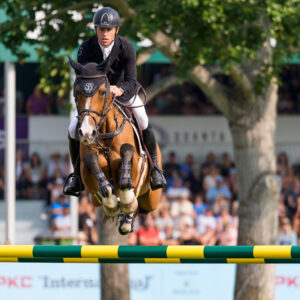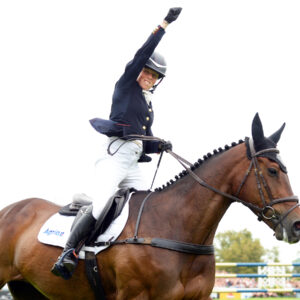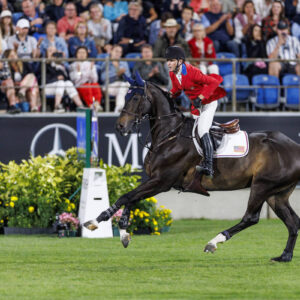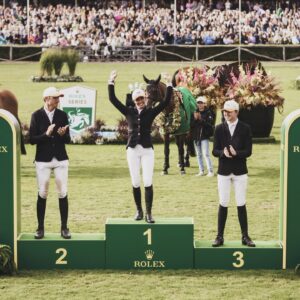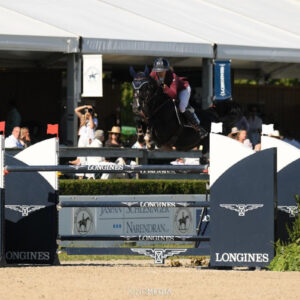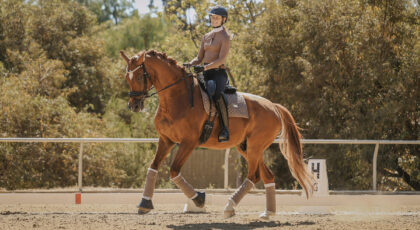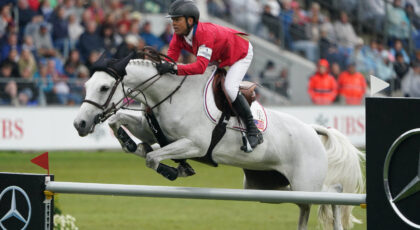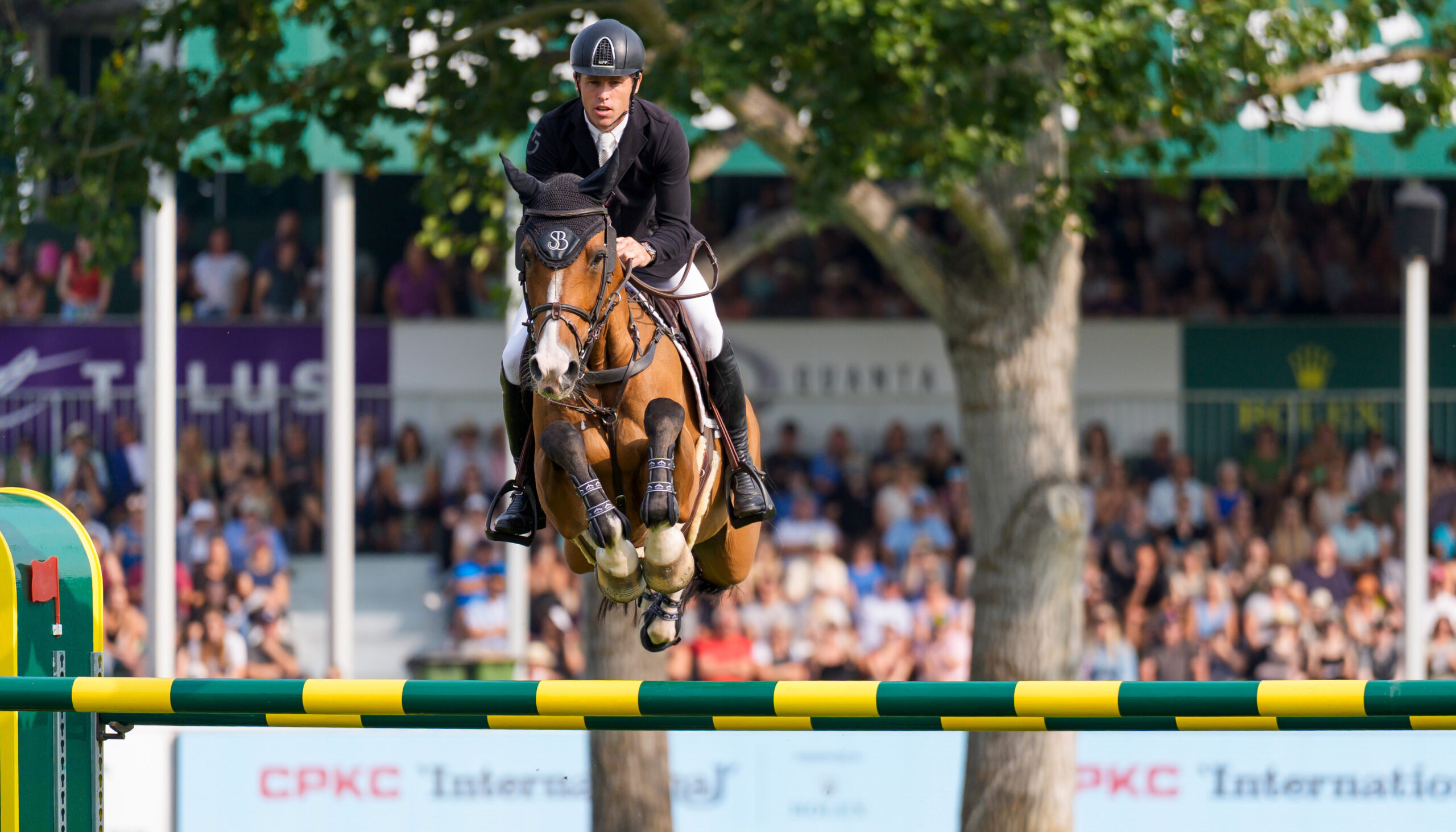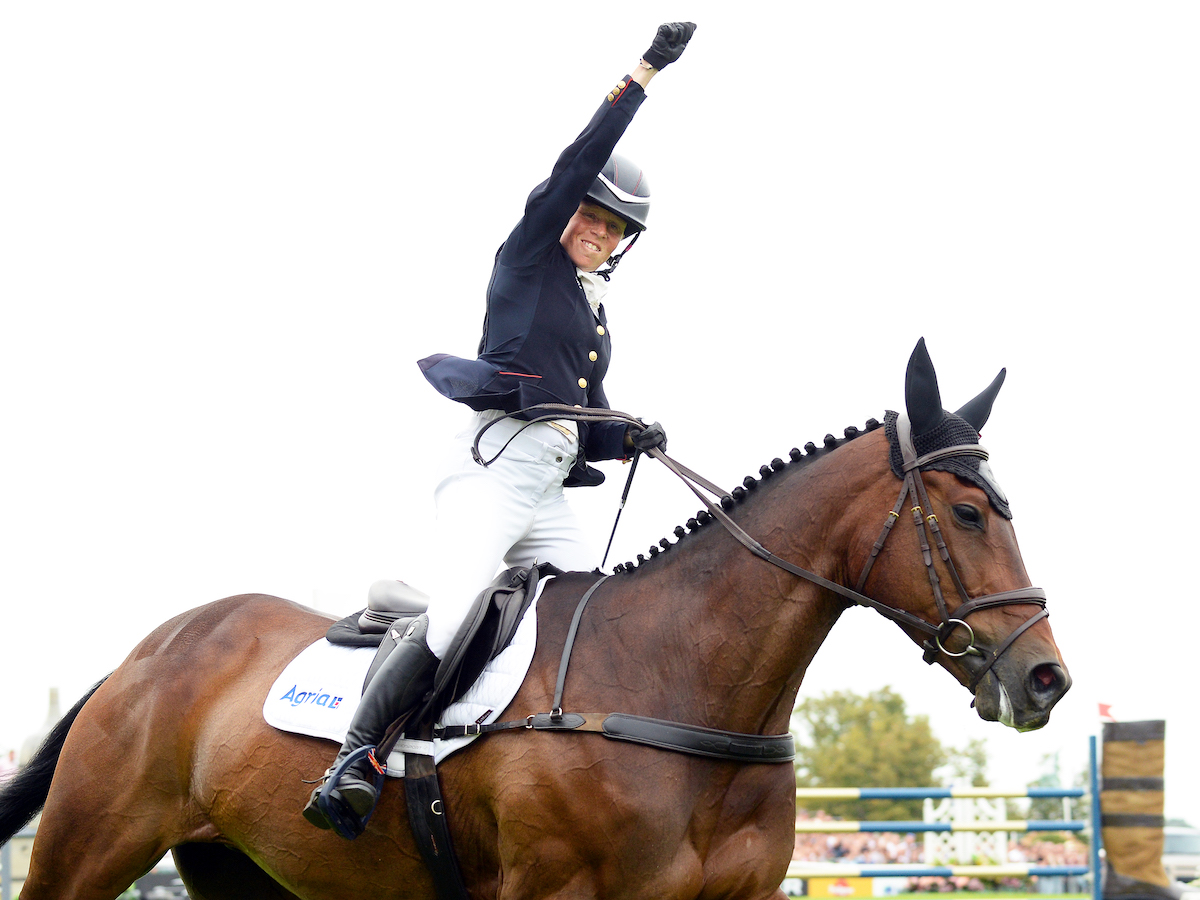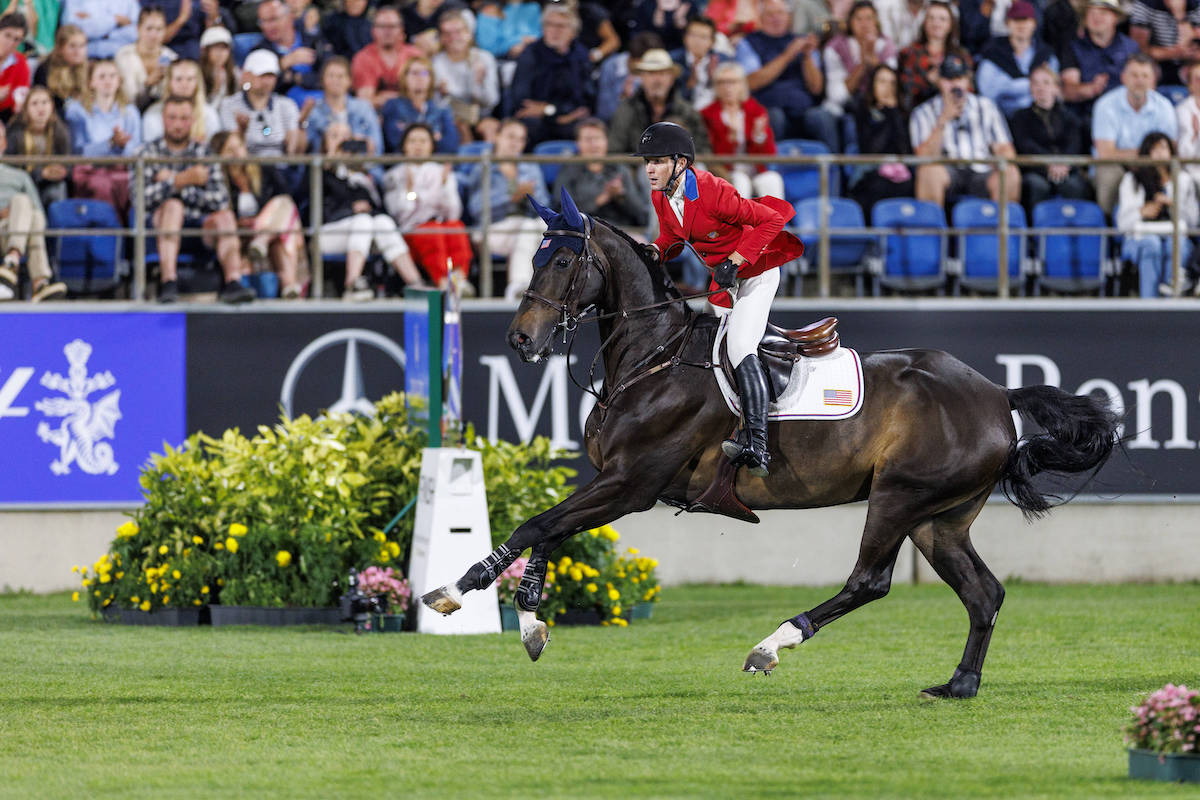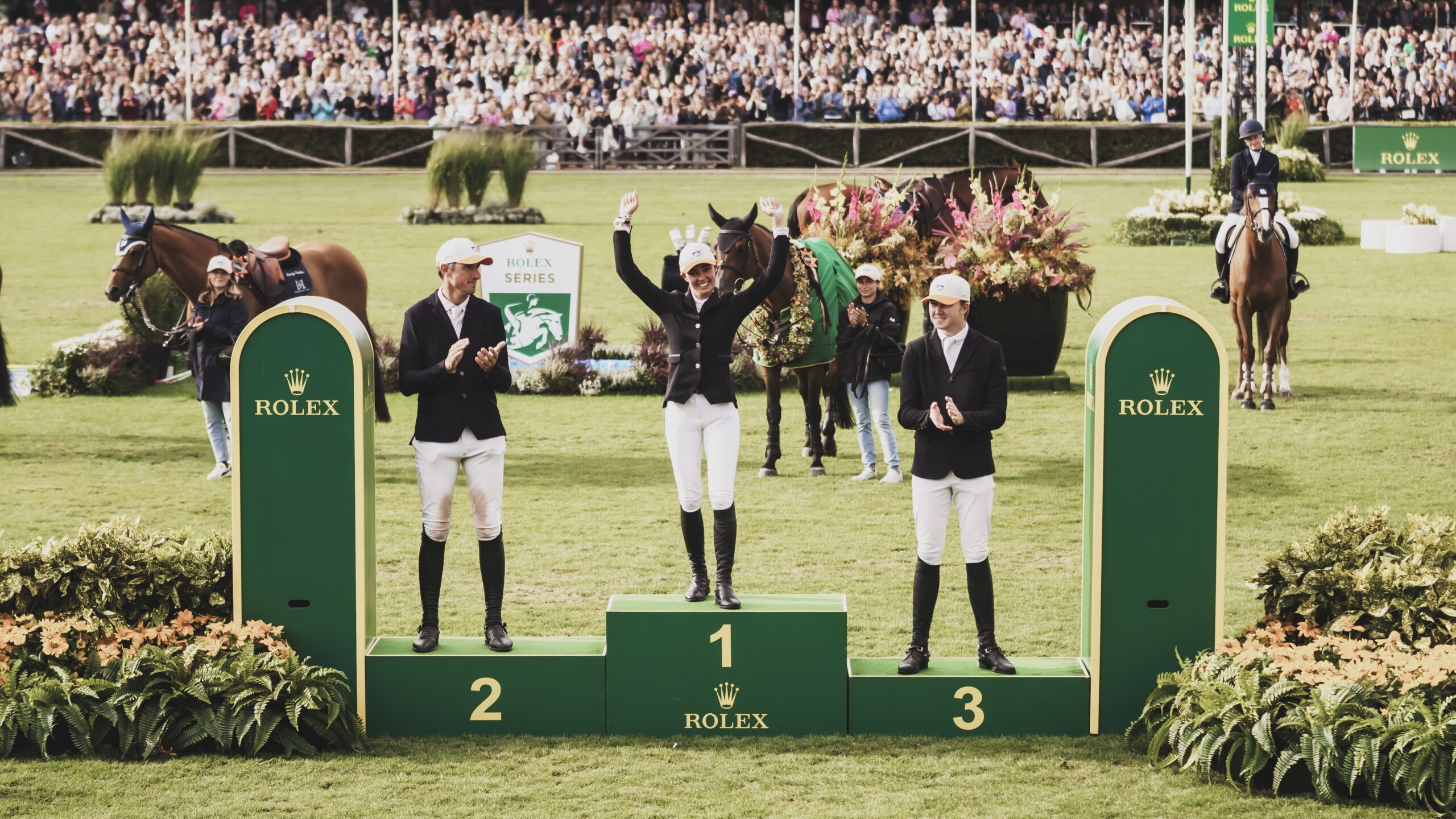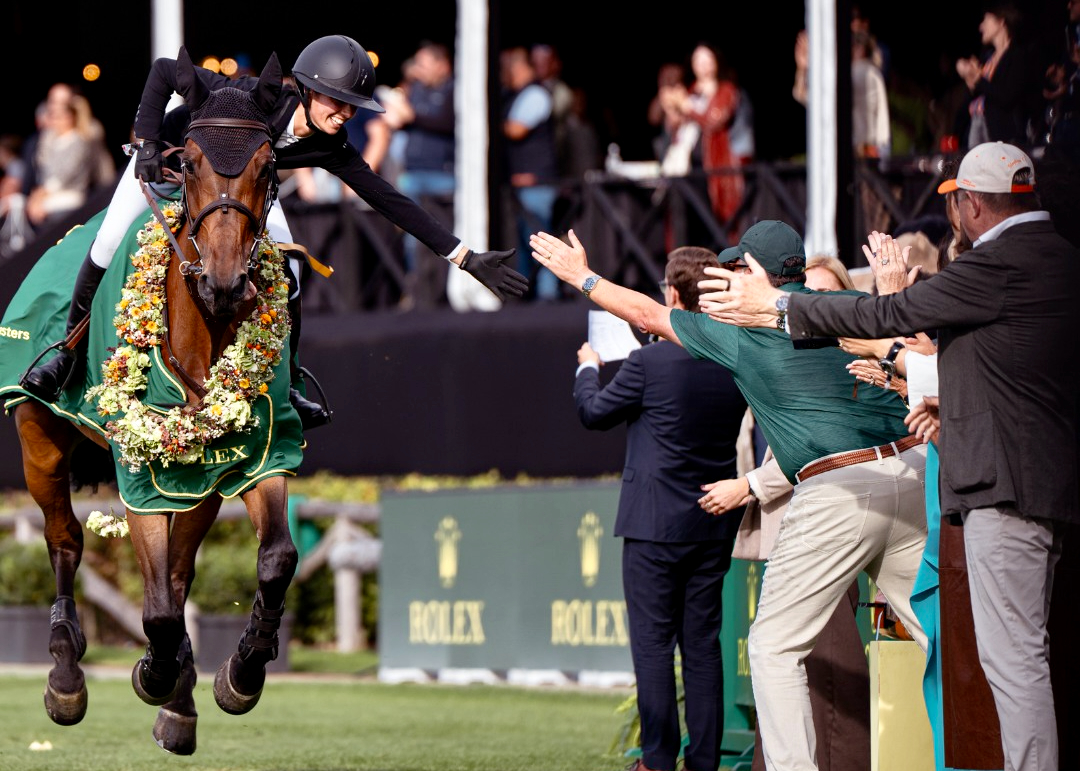“You don’t ride the Color,” an old horsewoman once told me.
It was useful advice for a horse crazy girl overwhelmed by flowing manes and flashy coat patterns. Over time, I learned to focus more on the conformation a horse required for each discipline than it’s pretty hue.
Still, that perfect trapezoid shape isn’t everything. The body of the horse may be the structure that moves us, but it is the equine brain that keeps us alive and allows us to create a relationship with these incredible animals.
In her new book Horse Brain, Human Brain: The Neuroscience of Horsemanship, scientist and equestrian Janet L. Jones, Ph.D. gives a fresh and meticulously researched guide to the equine brain and how the human one interacts with it. Broken into five sections, this enlightening book is essential reading for any horseman looking to know the ins and outs of how a horse thinks, learns, feels, and processes the world around them.
And if the idea of reading about equine neuroscience seems intimidating, Dr. Jones’s writing will put you at ease. The clear, simple language is easy to digest and strikes that delicate balance between science and practical application. Each chapter has informative illustrations, practical exercises for readers to try with their horses, and blocks of bullet points to break down the concepts and the science even further.
An excellent example of this is early in the book when Dr. Jones explains why forcing a horse to go directly at something that scares them is not the correct approach. Instead, she breaks down the science of how the horse’s mind works, then gives the reader a simple exercise they can do under saddle instead.
Horse Brain, Human Brain is also full of tiny gems of narrative. These pocket-sized stories embedded in many of the chapters give life to the concepts she discusses. They also include a vast array of equine characters.
One anecdote illustrates how horses problem solve by telling the story of the feral horses outside of Mesa Verde National Park that learned to survive in the drought-prone desert of Southern Colorado by hanging around the park’s bathrooms and stealing ice from the ice machines.
In another, early in the book, Dr. Jones describes an early moment in her horse life when she accidentally clipped a young cutting horse with her spurs and was sent flying headfirst into a railroad tie. The accident occured long before helmets were the norm, and she recalls how the strange bouts of memory loss after unnerved her. To make sense of what was happening to her brain, she began studying neuroscience.
Since that day, her life has been full of both horses and brain science. Dr. Jones taught neuroscience at the University of California in Los Angeles for more than 20 years. She has trained hundreds of green and difficult horses as well. Her experience, combined with her prose’s mastery and clarity in Horse Brain Human Brain, is destined to make this book one of those dog-eared tomes covered in sticky notes, pen marks, and horse dirt that can be found on horse lovers’ bookshelves everywhere.
Buy the book! Then tune in for the live Q&A on HN Reads with Janet Jones, October 16. Exclusively on Horse Network!



 October 1, 2020
October 1, 2020 






